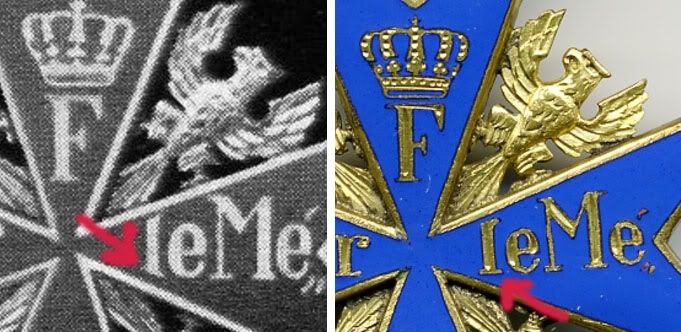Sorry - you may be right Brian. I checked again and Gordon did seem pretty sure most of the pictured items were photographs "Replacement" PLMs .
The process you are referring to I think is 'Rotogravure'... ?
Marshall
The process you are referring to I think is 'Rotogravure'... ?
Marshall

 [/IMG]
[/IMG]
Comment